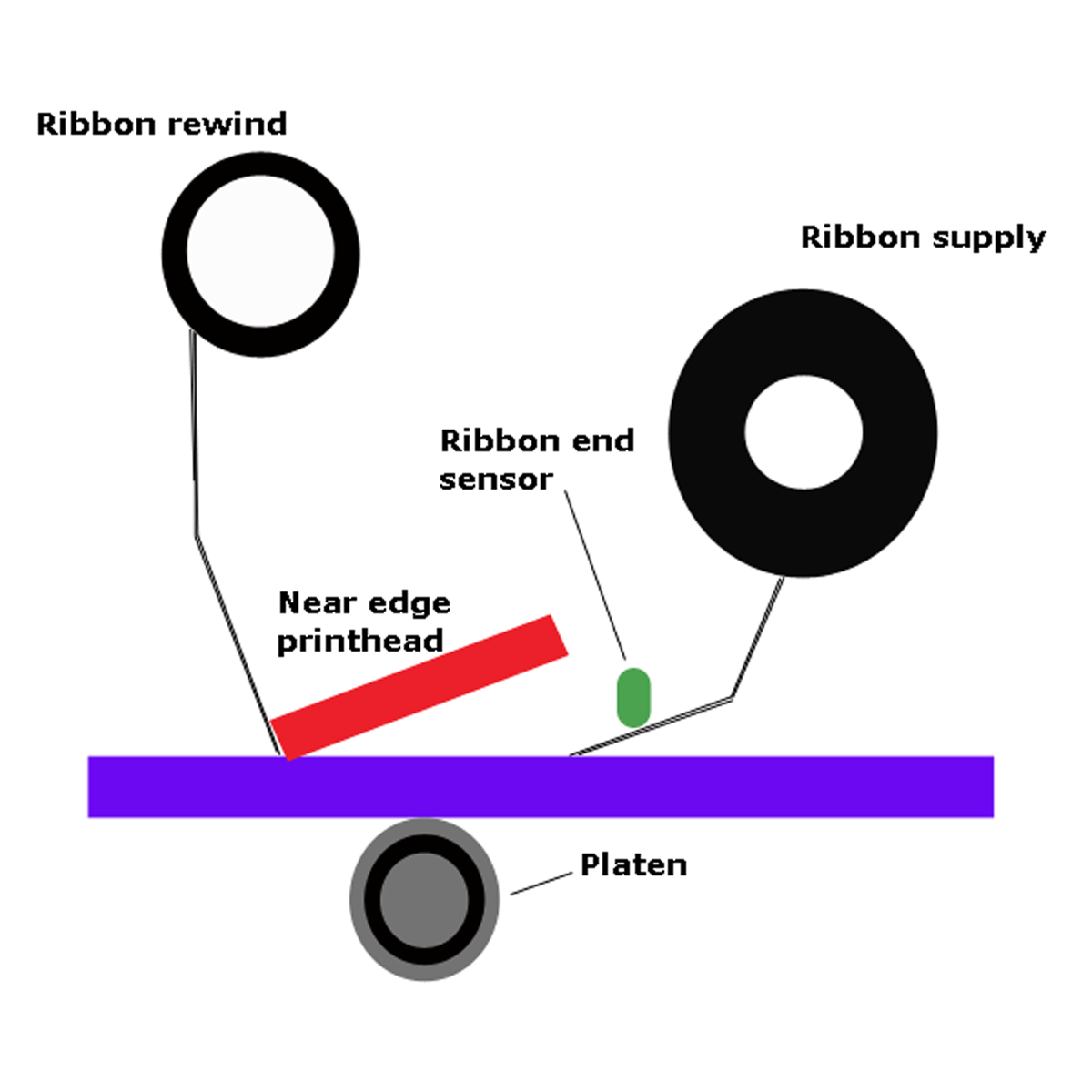| What are the key differences between flat head and near edge printing mechanisms? 11 October 2018  | | As we continue the transformation to ARMOR’s rebranded Inkanto ribbons, we are proud to have expanded our offerings to now be stocking ARMOR Inkanto APR600 ribbons for near edge printers. These premium thermal transfer ribbons are known for their speed, sensitivity and versatility. The APR600 have been engineered for near edge printers, an alternative to traditional flat-head technology. | | While the classic flat head is suitable for common applications such as standard shipping labels, near edge printers make it possible to print on more extreme materials such as packaging films, coated paper and synthetics. Near edge printers involve a different mechanism and printing technique and therefore the ribbon used needs to respond quicker when releasing the ink. It is important to use the correct ribbons because of these differences. ARMOR’s APR600 ribbons are specifically designed for these applications and therefore should be used over conventional ribbons, this is due to their excellent sensitivity and receptor multi-compatibility. |  | What is the difference between flat head and near edge printing? In simple terms, the main difference between flat head and near edge can be found in the way that the print head contacts the ribbon and surface to be printed on. With a flat head printer, the print head lies flat against the ribbon and media. With this technology, the ribbon and surface remain together for a short distance once going through the print head’s heating area, prior to their separation. Meanwhile, with near edge technology, the print head is angled at 45 degrees with the heating elements located at the edge of the print head. The angled approach means that the ribbon and media only remain together for a very brief moment before separating, making the printing process much quicker. |  | You may then ask why someone would choose to buy a near edge printer? The answer is simple, near edge printing provides the ability to print onto a wider range of label substrates. It allows higher quality printing with smaller fonts at a faster speed. If you need to print onto different and unusual materials such as plastic tags, near edge printers will work much better because of the floating print head which automatically adjusts to the thickness of the to be printed materials. This means that the technology tends to make the printhead more tolerant in changes in label substrate thickness. | As with other ARMOR Inkanto ribbons the APR600 is part of their new offerings within their rebranding. Despite the rebranding, ARMOR are keeping quality at the heart of the APR600, an aspect they have established themselves for over the last ninety years. The ribbons have been engineered for compatibility with the following printer models, dependent on ribbon width and length: B-SX4T, B-SX5T, B-SX4, B-SX5, B-372, B-472, B-572. For more information on ARMOR Inkanto ribbons, please get in touch on 01978 437537. |  | |